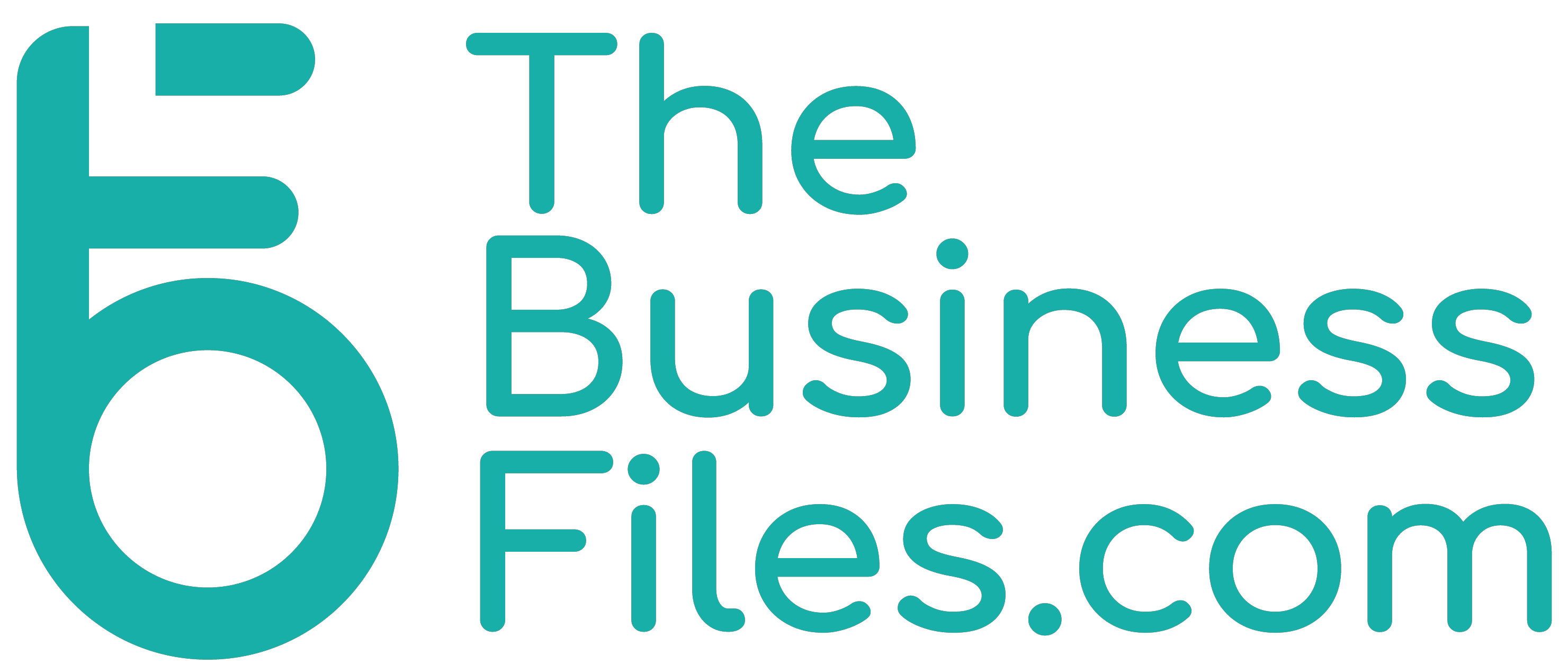Founded in 1993 by brothers Tom and David Gardner, The Motley Fool helps millions of people attain financial freedom through our website, podcasts, books, newspaper column, radio show, and premium investing services.
Founded in 1993 by brothers Tom and David Gardner, The Motley Fool helps millions of people attain financial freedom through our website, podcasts, books, newspaper column, radio show, and premium investing services.
You’re reading a free article with opinions that may differ from The Motley Fool’s Premium Investing Services. Become a Motley Fool member today to get instant access to our top analyst recommendations, in-depth research, investing resources, and more. Learn More
Shares of work-management software company Asana (ASAN -10.35%) dropped 24.2% in December, according to data provided by S&P Global Market Intelligence. Practically the entirety of the drop came in the month’s early days, when the company reported financial results for the third quarter of its fiscal 2023. Downbeat analyst commentary followed, sending the stock careening to all-time lows.
In Q3, Asana generated revenue of $141 million, up 41% year over year and well ahead of management’s guidance for $139.5 million. There are positive aspects to this revenue number that I’ll highlight in a moment. But the problem is that Asana’s business is slowing down, leading to layoffs.
For perspective, Asana grew revenue by 67% in fiscal 2022. And management went on a hiring spree, expecting the winds to continue blowing in its sails. However, in Q3, management talked about the deceleration in business trends and said, “Our current expectation is that these factors will persist through the fourth quarter and into the next fiscal year.”
Several Wall Street analysts directly or indirectly said that Asana appears to be more affected right now by macroeconomic conditions than some of its rivals. And this commentary also hurt investor confidence in Asana in December.
Gaining and retaining customers is key for an enterprise software business like Asana, which is why I like to look at fluctuations from quarter to quarter.
Compared to the second quarter, Asana added 31 customers spending at least $100,000 annually — a really impressive 6.7% increase sequentially. It measures spending from one year to the next with this customer cohort by using a metric called the dollar-based net retention rate. In Q3, Asana’s dollar-based net retention rate for customers spending $100,000 annually was 140%, which is stellar.
In Q3, Asana also added 660 new customers spending at least $5,000 annually, which is also strong.
Therefore, I’d say Asana’s business is still solid: It’s gaining customers, and these are spending more over time. The company may be growing slower than planned because of the economy, which is what the market didn’t like in December. But it’s not losing ground, which is a key distinction.
However, as a final concern to note, Asana’s cash flow is a mess, and it’s expected to remain that way this year. For perspective, it has an operating loss of $308 million in the first three quarters of its fiscal 2023, compared to just $397 million in revenue — that’s huge. And management said it’s not expecting to generate positive free cash flow until the end of calendar 2024, which is still two years away.
Therefore, any investor who’s encouraged by Asana’s customer wins and wants to buy the stock near its all-time lows needs to take into account that the company will be burning cash for the foreseeable future, which the market might not appreciate in the coming year.
Jon Quast has no position in any of the stocks mentioned. The Motley Fool has positions in and recommends Asana. The Motley Fool has a disclosure policy.
*Average returns of all recommendations since inception. Cost basis and return based on previous market day close.
Invest better with The Motley Fool. Get stock recommendations, portfolio guidance, and more from The Motley Fool’s premium services.
Making the world smarter, happier, and richer.
Market data powered by Xignite.

